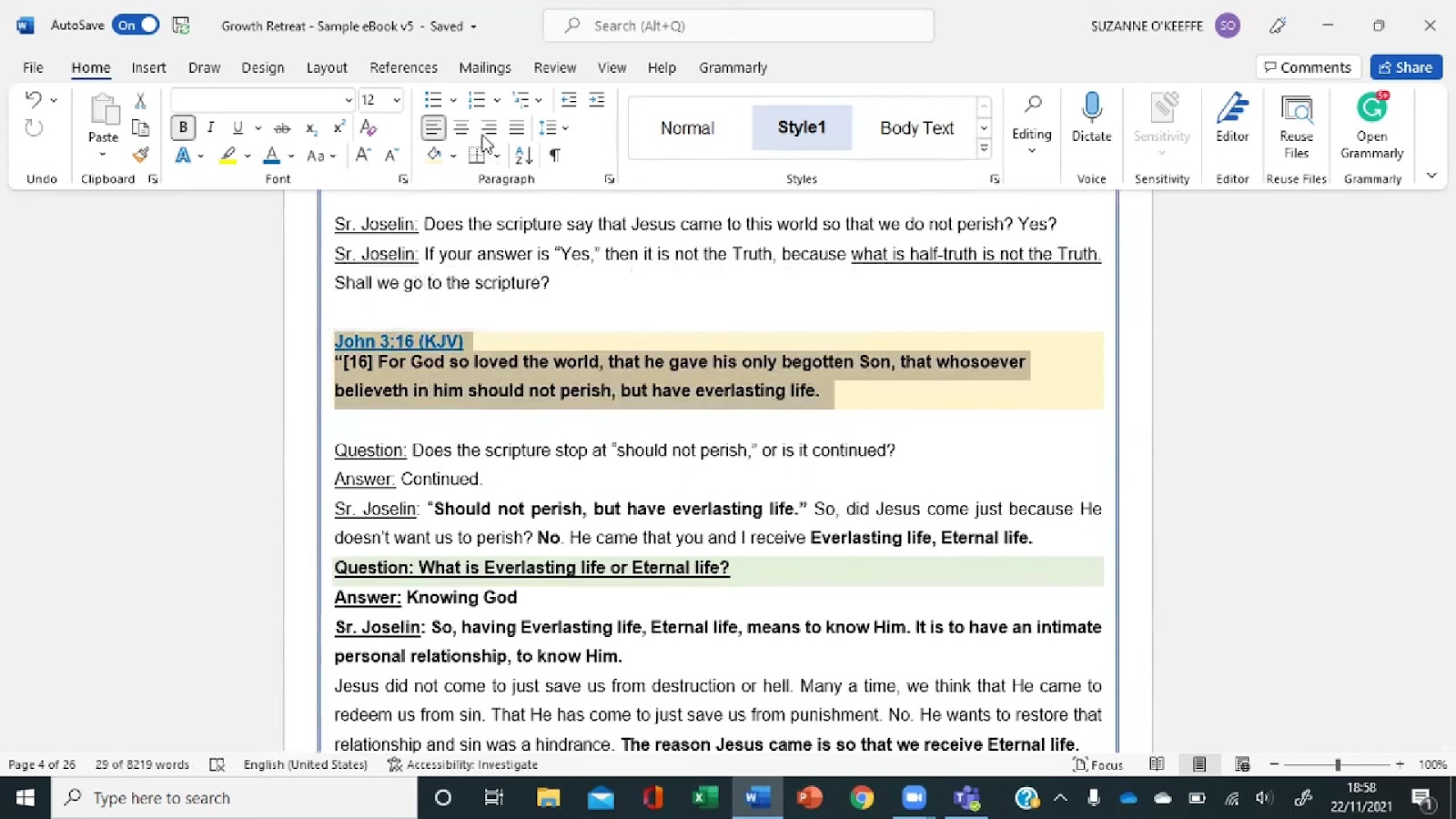Before diving into the actual process of developing your mobile app, it is very important to outline the purpose of your app. Defining the core functions of the app and understanding its value to users will lay the foundation for a successful project. This process involves clarifying the following elements:
- The problem your app will solve or the need it will fulfill;
- The main features your app will offer to solve the identified problem or need;
- The primary goal your app seeks to accomplish;
- The unique benefits of your app (UTP) that differentiate it from competitors.
Creating a clear and comprehensive purpose statement will help you focus on the main goals of your app and make informed decisions throughout the development process. Moreover, this information will be valuable when you present your app to potential investors, stakeholders, and users.
Validating your app idea
Validating your app idea is essential to ensure demand for your app and minimize the risk of wasting time and resources on a failed project. Validation can involve various research methods and stages:
Market research
Conduct thorough research to identify your target market, potential competitors, and market trends. Find out if similar apps exist, how they work, and what differentiates your app from competitors.
User surveys
Gather feedback from your potential target audience to understand their needs, preferences, and pain points. Conducting surveys will help you determine if there is genuine interest in your app and what changes you need to make to make it a better app.
you need to make to make it more appealing.
Minimum Viable Product (MVP)
Develop an MVP – a rudimentary version of your app containing only basic features – to test its viability. Running an MVP allows you to gather user feedback and evaluate how well your app is being received before investing in full-scale development.
Metrics and feedback analysis
Use data from market research, surveys, and MVPs to evaluate the validity of your app idea. Analyzing this information will help you identify opportunities for improvements, modifications, or pivots if needed.
By validating your app idea, you ensure there is genuine interest in your product and that it fulfills a real market need, increasing your chances of success.
Identifying your target audience
Understanding your target audience plays an important role in developing an effective mobile app. Determining the demographics, behaviors, and preferences of your potential users will allow you to tailor your app design, user experience (UX), and marketing strategies to their needs. To determine your target audience, pay attention to the following aspects:
- Demographics: identify the age range, gender, education level, occupation, and other important factors for your app’s target users;
- Geographic segmentation. Identify the target geographic area of your app, including countries, regions or cities, as this can affect localization and regional preferences;
- Psychographics: understand the interests, hobbies, values and lifestyles of your target users to create an app that suits them;
- Behavioral segmentation. Identify the benefits your target users expect from your app as well as their app usage habits, including preferred platforms and devices, time spent in the app, and user interaction patterns.
A clearly defined target audience will help you make informed decisions during your app development process, ensuring that the final product is attractive and valuable to users. Moreover, understanding your audience will guide your marketing and advertising efforts, making them more effective in attracting user attention and engagement.



